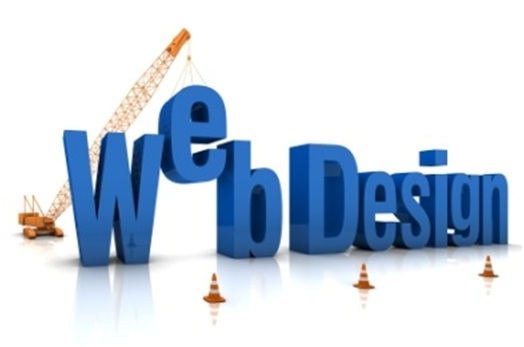What’s New In Web Design

Web design is constantly evolving, and this year has seen a number of new trends emerge
Many home pages now consist of a single image or video across the whole screen, with just a few words overlaid and navigation icons positioned discreetly. This is visually impactful and also translates easily across different sizes devices
Things are moving on from using Flash to embed moving images – now it’s the HTML5 Canvas element which allows web designers to create a huge range of visual effects in order to engage site visitors. The story of HTML Canvas can be found at w3schools.com/html/html5_canvas.asp.
This involves designers using mouse movement or page scrolling in order to animate properties or elements of a page and has proliferated into many different mutations. Some great examples of sites using this technique can be found at creativebloq.com/web-design/parallax-scrolling-1131762.
Scrolling is something website users have to do a lot when browsing, so web designers have started making it a bit more interesting. For instance, some sites use horizontal scrolling or even scrolling through colours
Some brands now use mini-animation sequences to illustrate the information they want to put across about their product or service – often they fade in or activate when users hover or scroll to a certain position, so it feels like a natural progression of the story
This is the back-to-basics type visual approach which is becoming increasingly popular – simple line illustrations in block colours which look very definitely two-dimensional rather than with shadow or texture. This is another technique which makes a site easily scalable up or down for different devices
If you like the sound of any of these trends for your website, it’s worth talking to some local web design agencies – for instance, a search for a web design agency in London will bring up some good firms such as britishwebsites.co.uk who can certainly help you out
A few years ago every website was basically a collection of boxes, but today some designers are steering sway from boxes altogether, favouring circles, rhombuses, hexagons or even irregular shapes for both images and text sections
This is a type of menu which expands an item’s sub-menu as the user scrolls, enabling a one-page website to hold a lot of content. It’s ‘sticky’ because the top of it stays ‘glued’ to the top or edge of the screen at all times
Some designers take pride in pushing this principle to the limits by using the smallest possible amount of content necessary. For instance, a restaurant website may only need a few very simple phrases such as ‘book a table’, a phone number and email address, and the rest of the story can be told mainly by using striking and inviting images and video
As more and more sites use high-definition video content which opens as soon as you land, not everyone’s broadband speed will be able to get it loaded instantly. So there are various innovative and engaging preloaders springing up to keep people entertained for a few seconds and hopefully prevent them clicking off elsewhere.
